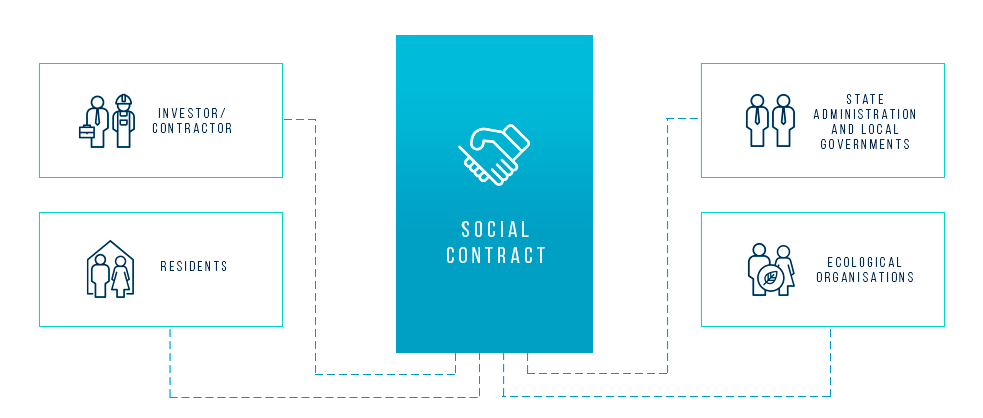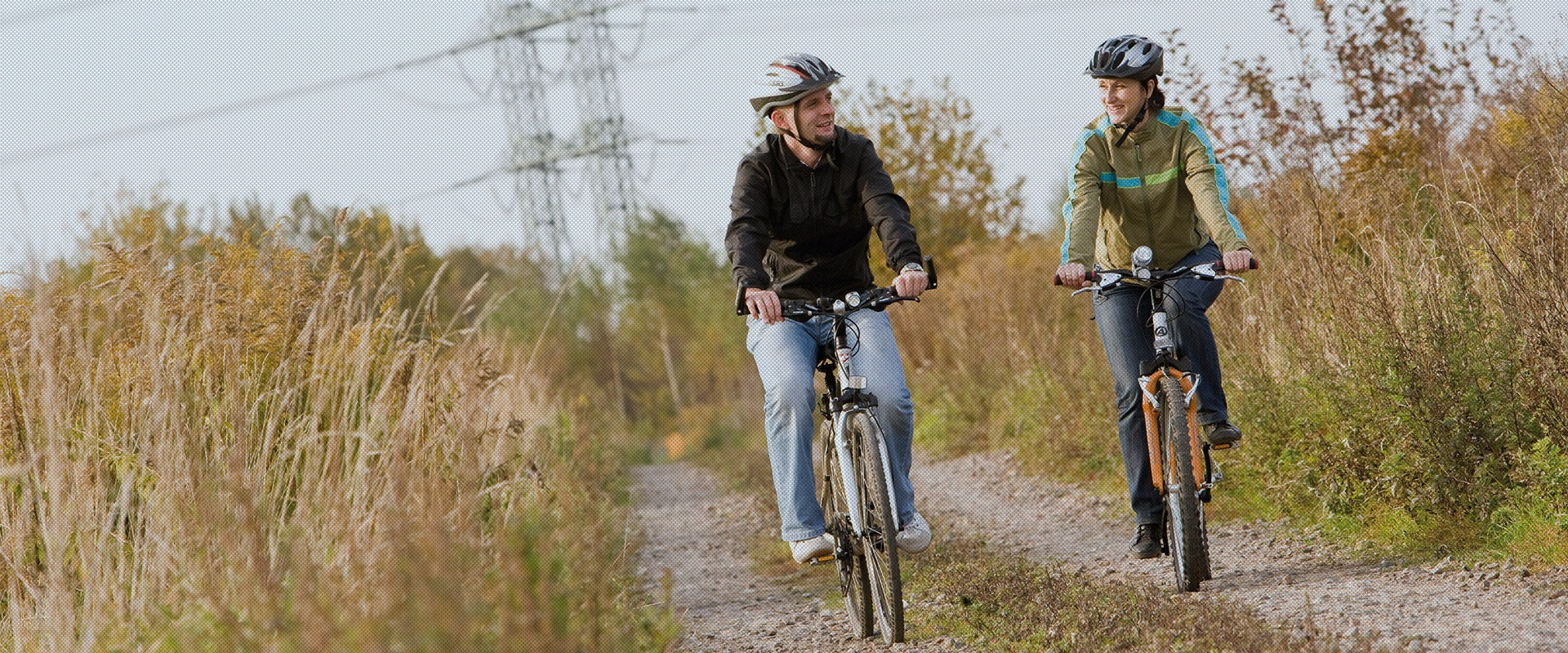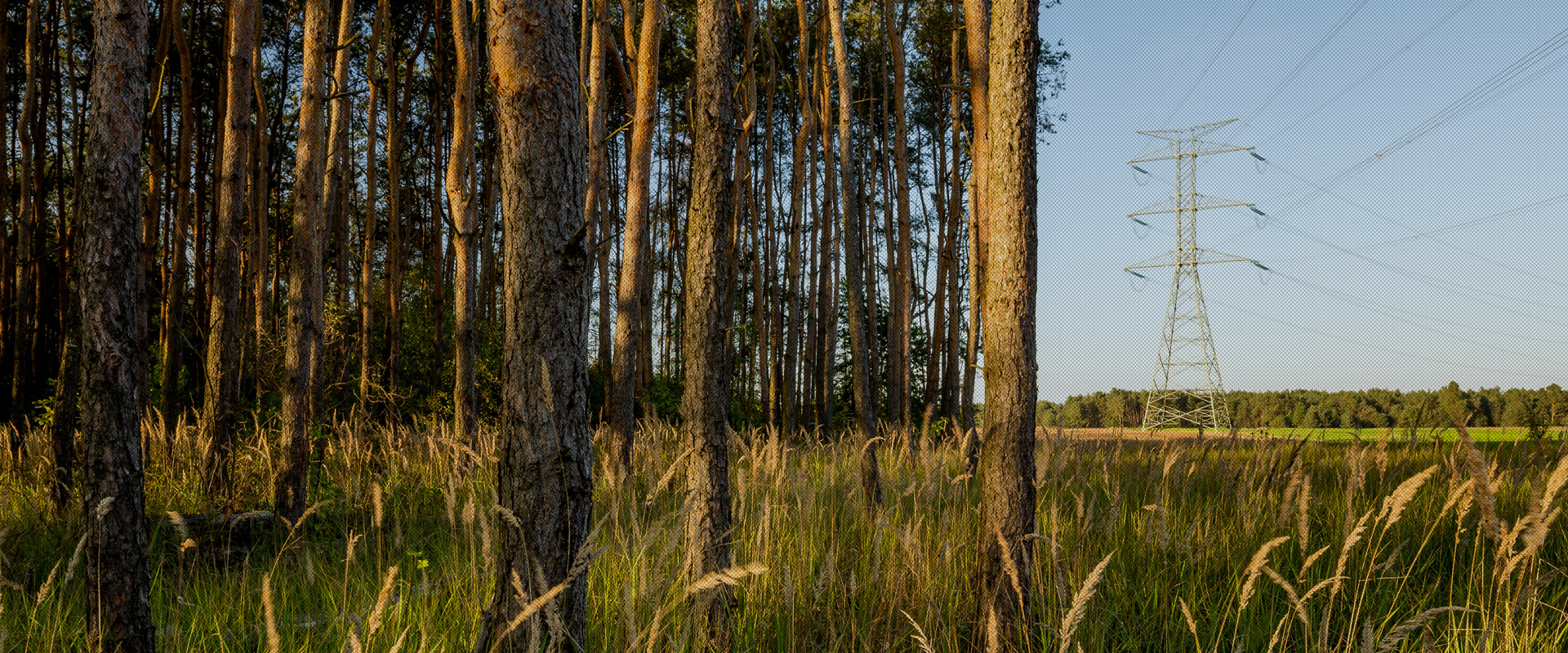Development of regions and local communities
Cooperation with local governments
As an exemplary investor and good neighbour, we attach special importance to establishing and developing relations with local authorities. We involve representatives of voivodeship, poviat and commune authorities in the decision-making process in the course of project implementation.
In coordination with the local and regional administration, we provide comprehensive and reliable information on investment projects, making the public aware of the benefits they offer to the commune concerned.
Activities pursued by PSE aimed at building awareness of the significance of investment and maintaining or creating a positive attitude to it:
- direct discussions with municipality mayors and commune heads on the target investment design,
- presentations during commune council sessions devoted to investments issues,
- open information and consultation meetings for local communities, held to hear opinions and suggestions on the optimum route of a new line in a given area,
- engaging mayors, commune heads and councillors, as well as representatives of units, in communication activities at later stages of the project (through educational programmes, participation in meetings, conferences, consultations with residents, etc.),
- arranging study visits in the neighbourhood of the existing infrastructure, held by specialists from an accredited laboratory performing EMF impact measurements.
- arranging site visits to demonstrate the immediate environment of a project after its completion,
- ongoing contact with project stakeholders via a helpline and information points to guarantee two-way communication between the investor and residents.
- distribution of information materials assisting discussions with residents (information folders, Q&A documents, information/educational videos).
Activities pursued by PSE aimed at preventing a change of attitude to investment projects:
- organising local and regional conferences concerning power lines, with a special focus on sensitive aspects affecting the commune,
- organising meetings with experts in the field of power engineering, impact on the health and life of people and animals, as well as with physicians, growers, etc. – depending on demand and significance of issues in the particular area,
- winning support for investment projects from local media, associations and residents through meetings and by involving them in the communication process,
- creating special information points providing all necessary information on projects,
- conducting a local information and educational programme in the commune, tailored to communication needs and responding to queries and doubts raised in the commune concerned,
- supporting local social activities and initiatives undertaken by local or regional authorities,











